 W
WLouis Barthas was a French infantry corporal who served on the Western Front of World War I for nearly the entire duration of conflict, stationed on the front lines for a significant amount of time. He was a politically active socialist and professional barrelmaker.
 W
WAndré Beaufre was a French Army officer and military strategist who attained the rank of Général d'Armée before his retirement in 1961.
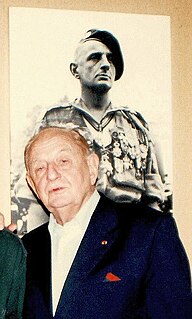 W
WMarcel "Bruno" Bigeard was a French military officer who fought in World War II, Indochina and Algeria. He was one of the commanders in the Battle of Dien Bien Phu and is thought by many to have been a dominating influence on French 'unconventional' warfare thinking from that time onwards. He was one of the most decorated soldiers in France, and is particularly noteworthy because of his rise from being a regular soldier in 1936 to ultimately finishing his career in 1976 as a Lieutenant General. A former member of the French Resistance, he is associated mainly with the wars in Indochina and Algeria.
 W
WPierre-Joseph Bourcet was a French tactician, general, chief of staff, mapmaker and military educator. He was the son of Daniel-André Bourcet and of Marie-Magdeleine Legier.
 W
WPierre Ambroise François Choderlos de Laclos was a French novelist, official, freemason and army general, best known for writing the epistolary novel Les Liaisons dangereuses (1782).
 W
WVincent Desportes is a retired French Army general and military theorist.
 W
WCharles Jean Jacques Joseph Ardant du Picq was a French Army officer and military theorist of the mid-nineteenth century whose writings, as they were later interpreted by other theorists, had a great effect on French military theory and doctrine.
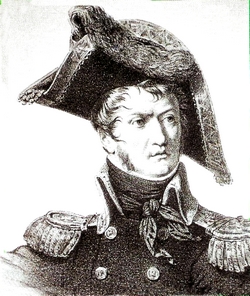 W
WGuillaume Philibert, 1st Count Duhesme was a French general during the Napoleonic Wars.
 W
WFerdinand Foch was a French general and military theorist who served as the Supreme Allied Commander during the First World War. An aggressive, even reckless commander at the First Marne, Flanders and Artois campaigns of 1914–1916, Foch became the Allied Commander-in-Chief in late March 1918 in the face of the all-out German spring offensive, which pushed the Allies back using fresh soldiers and new tactics that trenches could not contain. He successfully coordinated the French, British and American efforts into a coherent whole, deftly handling his strategic reserves. He stopped the German offensive and launched a war-winning counterattack. In November 1918, Marshal Foch accepted the German cessation of hostilities and was present at the Armistice of 11 November 1918.
 W
WJean Charles, Chevalier Folard, French soldier and military author, was born at Avignon.
 W
WDavid Galula (1919–1967) was a French military officer and scholar who was influential in developing the theory and practice of counterinsurgency warfare.
 W
WCharles André Joseph Marie de Gaulle was a French army officer and statesman who led Free France against Nazi Germany in World War II and chaired the Provisional Government of the French Republic from 1944 to 1946 in order to reestablish democracy in France. In 1958, he came out of retirement when appointed President of the Council of Ministers by President René Coty. He rewrote the Constitution of France and founded the Fifth Republic after approval by referendum. He was elected President of France later that year, a position to which he was reelected in 1965 and held until his resignation in 1969. He was the dominant figure of France during the early part of the Cold War era. His memory continues to influence French politics.
 W
WJacques-Antoine-Hippolyte, Comte de Guibert was a French general and military writer. Born at Montauban, he accompanied his father in wars before he became a general himself. In 1770, he published an essay on tactics which was very influential in his time.
 W
WAntoine-Henri, Baron Jomini was a French-Swiss officer who served as a general in the French and later in the Russian service, and one of the most celebrated writers on the Napoleonic art of war. Jomini's ideas are a staple at military academies, the United States Military Academy at West Point being a prominent example; his theories were thought to have affected many officers who later served in the American Civil War. He may have coined the term logistics in his Summary of the Art of War (1838).
 W
WJean-Girard Lacuée, count of Cessac, near Hautefage-la-Tour in the arrondissement of Agen, 4 November 1752 - Paris, 18 June 1841) was a French general and politician, peer of France and Minister for War under Napoleon I of France. His name is inscribed on the south side of the Arc de Triomphe.
 W
WHippolyte Langlois was a French general noted for his writings on military science.
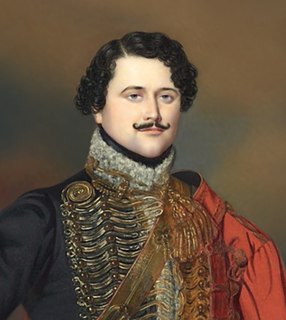 W
WJean-Baptiste Antoine Marcelin Marbot, known as Marcellin Marbot, was a French general, famous for his memoirs depicting the Napoleonic age of warfare. He belongs to a family that has distinguished itself particularly in the career of arms, giving three generals to France in less than 50 years. His elder brother, Antoine Adolphe Marcelin Marbot, was also a military man of some note.
 W
WMarc René, marquis de Montalembert was a French military engineer and writer, known for his work on fortifications.
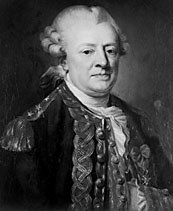 W
WSébastien-François Bigot, vicomte de Morogues,, was a French soldier, a sailor and military naval tactician.
 W
WLieutenant-General Charles Nicolas Victor Oudinot, 2nd Duc de Reggio, the eldest son of Napoleon I's marshal Nicolas Oudinot and Charlotte Derlin, also made a military career.
 W
WEugène Auguste Albert de Rochas d'Aiglun was a leading French parapsychologist, historian, translator, writer, military engineer and administrator.
 W
WAndré Rogerie was a member of the French Resistance in World War II and survivor of seven Nazi concentration camps who testified after the war about what he had seen in the camps.
 W
WMaurice, Count of Saxony was a notable soldier, officer and a famed military commander of the 18th century. The son of Augustus II the Strong, King of Poland and Elector of Saxony, he initially served in the Army of the Holy Roman Empire, then the Imperial Army before finally entering French service. De Saxe became a Marshal and even Marshal General of France. He is best known for his deeds in the War of the Austrian Succession and for his decisive victory at the Battle of Fontenoy especially. He is honoured by the Walhalla Memorial.
 W
WPierre Surirey de Saint-Remy (1645–1716) was a French general.
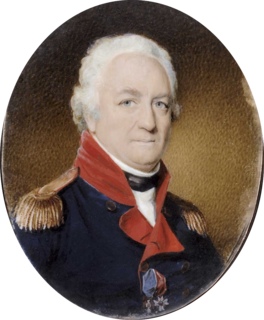 W
WLouis de Tousard (1749-1817) was a French artillerist who served in the American Continental Army under La Fayette, and later was given a US commission. Tousard wrote two very influential books: one was a proposal for a school for officers that became the blueprint for West Point, and the other was a manual for artillery officers that became standard in the young army.